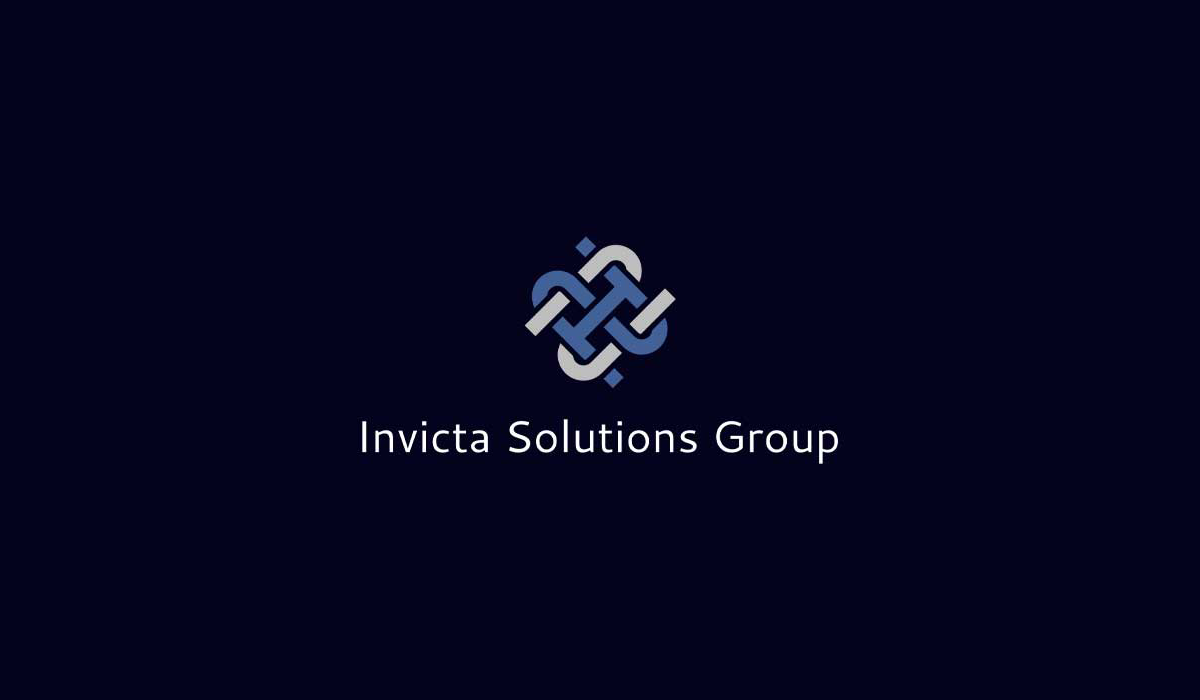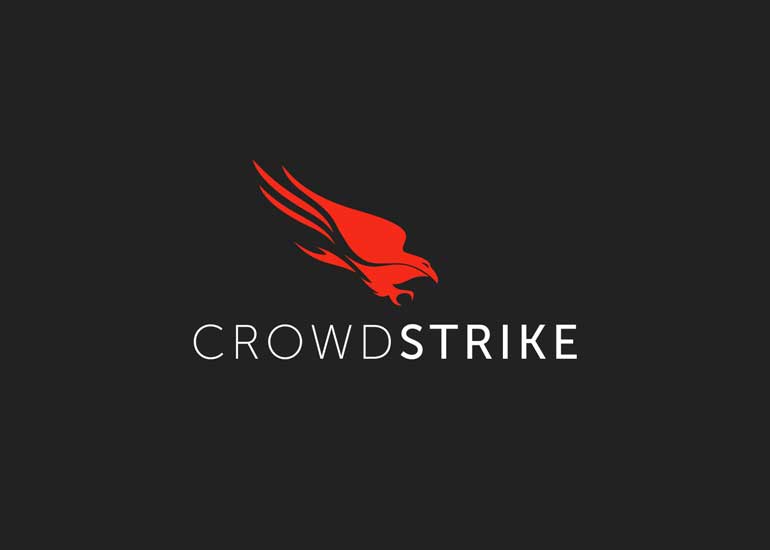Don’t let shiny AI threats distract you from mundane but critical security foundations!
By Nick Miller, Cybersecurity Expert
This may be the only AI-related article you’ve ever read that won’t be outdated by the time you get done reading it. AI’s impact on cybersecurity is gaining momentum, and it’s showing no signs of slowing down anytime soon. But while AI advancements are rapidly reshaping the information security landscape, AI’s real threat is its ability to ruthlessly exploit vulnerabilities the industry has known about for decades. It’s the technology industry’s Jurassic Park moment. Sure, we *can* create advanced AI-powered tools, but have we stopped to ask whether we *should*? We talk all day about what AI can do *for* businesses, but are we stopping to consider what it can do *to* us, and whether we’re positioned to handle the threat?
To be clear, AI is very much introducing all sorts of worrisome new threats, but the real problem isn’t the AI raptors clawing at the gates; it’s that we left the gates open in the first place. The biggest threat to technology companies isn’t some new AI threat vector, it’s the old, persistent gaps that AI is now exposing with devastating efficiency.
The AI-Powered Spotlight on Old Flaws
AI doesn’t need to invent new attack methods to wreak havoc. It amplifies the effectiveness of existing ones. Consider weak passwords; a problem as old as the internet itself. Despite years of warnings, “password123” and similar credentials remain common. I signed up for an account the other day that required only 8 characters for the password. AI-powered tools can crack something like that in seconds using brute-force attacks or predictive algorithms trained on leaked password databases. A recent report from Verizon’s Data Breach Investigations found that 80% of breaches involved compromised credentials, many of which could have been prevented with stronger passwords or MFA.
In fact, the glaring absence of MFA is perhaps the most alarming vulnerability. Even in 2025, many organizations still rely on single-factor authentication. AI-enhanced social engineering—think phishing emails tailored by large language models—can trick users into handing over credentials with alarming success. MFA isn’t foolproof, but it adds a critical layer of defense. Microsoft reports that MFA could block 99.9% of account compromise attacks, yet adoption remains inconsistent at best.
Open networks are another Achilles’ heel. Unsecured Wi-Fi, misconfigured firewalls, and unpatched systems have long been entry points for attackers. AI makes these vulnerabilities even more dangerous by automating reconnaissance. Tools like AI-driven network scanners can map a company’s entire digital footprint in minutes, identifying open ports, outdated software, or unencrypted data flows. What once took hackers hours or days now takes mere moments.
Why These Weaknesses Persist
Companies have fallen short in implementing decades-old security standards, and the reasons are frustratingly human: budget constraints, lack of awareness, and competing priorities. Small businesses, in particular, often lack the resources to implement robust security measures. Even large enterprises, with dedicated cybersecurity teams, struggle to patch every system or enforce MFA across sprawling networks. Complacency also plays a role—many organizations assume they’re “not a target” until it’s too late.
AI’s rise doesn’t create these problems; it merely magnifies their consequences. An unpatched server that might have gone unnoticed for years is now a neon sign for AI-driven exploits. Phishing attacks that once targeted the woefully uninformed are now so realistic that even the most seasoned engineers are getting duped into clicking malicious links. The stakes are higher, and the margin for error is shrinking.
Turning the Tables: Using AI to Fight Back
It’s not all bad news though. AI isn’t just a tool for attackers—it’s also a powerful ally for defenders. Organizations can leverage AI to shore up these longstanding weaknesses. AI-driven password managers can enforce complex, unique credentials and flag weak ones. Network monitoring tools powered by machine learning can detect anomalies in real-time, catching misconfigurations or unauthorized access before they’re exploited. AI can even automate MFA deployment, ensuring compliance across an organization without burdening IT teams. Thanks to AI, we’re better than ever at detecting weaknesses, patching systems, and preventing breaches.
The key is prioritization. IT and cybersecurity teams must focus on the basics: secure configurations, strong authentication, and regular patching. AI can help automate these tasks, but it’s not a silver bullet. Leadership must commit to addressing these foundational issues, even when budgets are tight or other projects seem more pressing.
A Wake-Up Call
AI’s impact on cybersecurity is a double-edged sword. Yes, it introduces new risks, but its real threat is in exposing the industry’s oldest, most stubborn weaknesses. Open networks, weak passwords, and missing MFA aren’t glamorous problems, but they’re the ones that matter. The good news is that these are solvable issues. With a renewed focus on fundamentals—backed by AI’s capabilities—organizations can close these gaps and build a stronger defense.
Don’t let AI be the tool that brings your defenses down. Invicta is here to help shine a light on what’s been ignored for too long.












